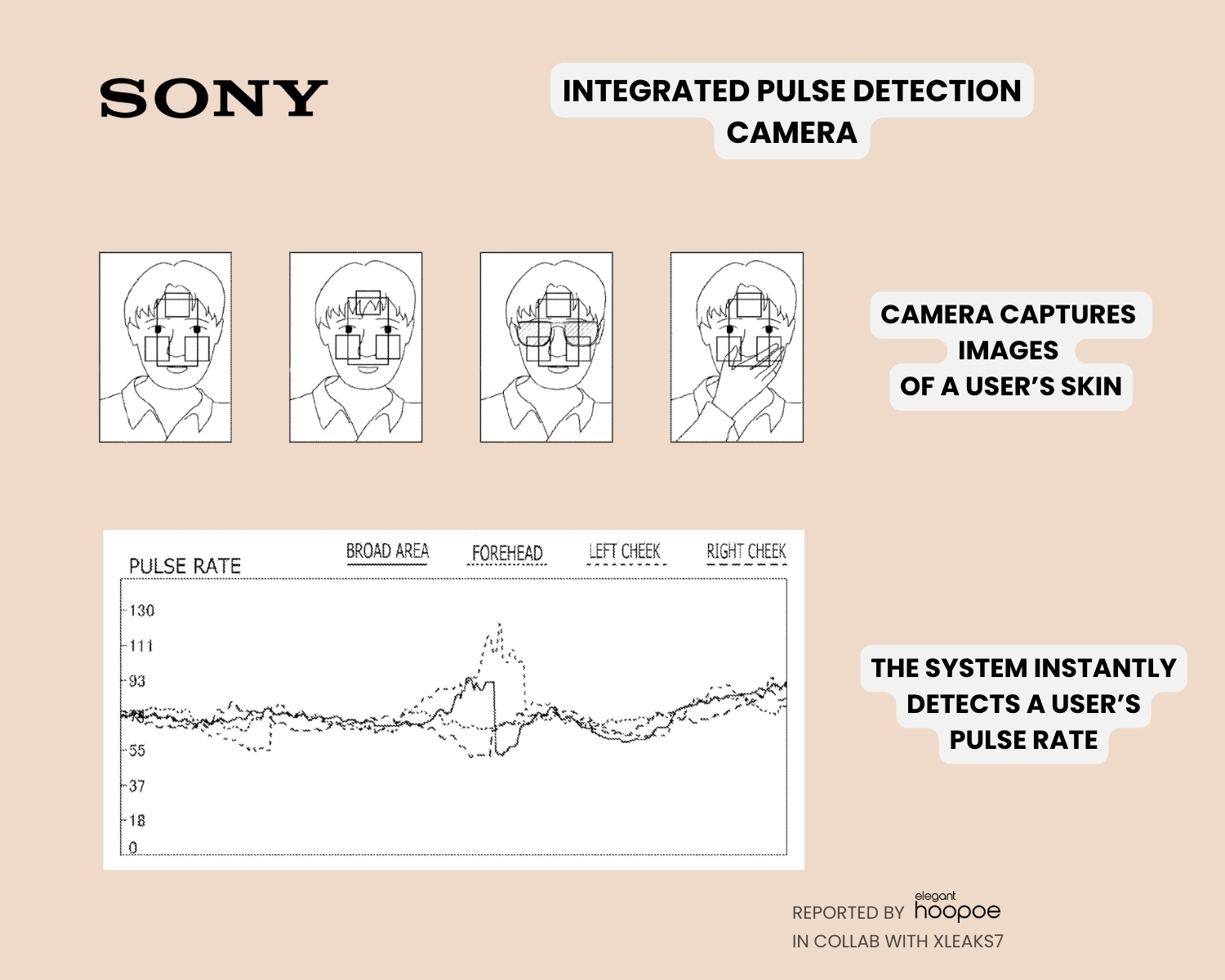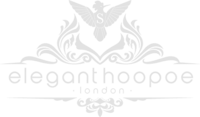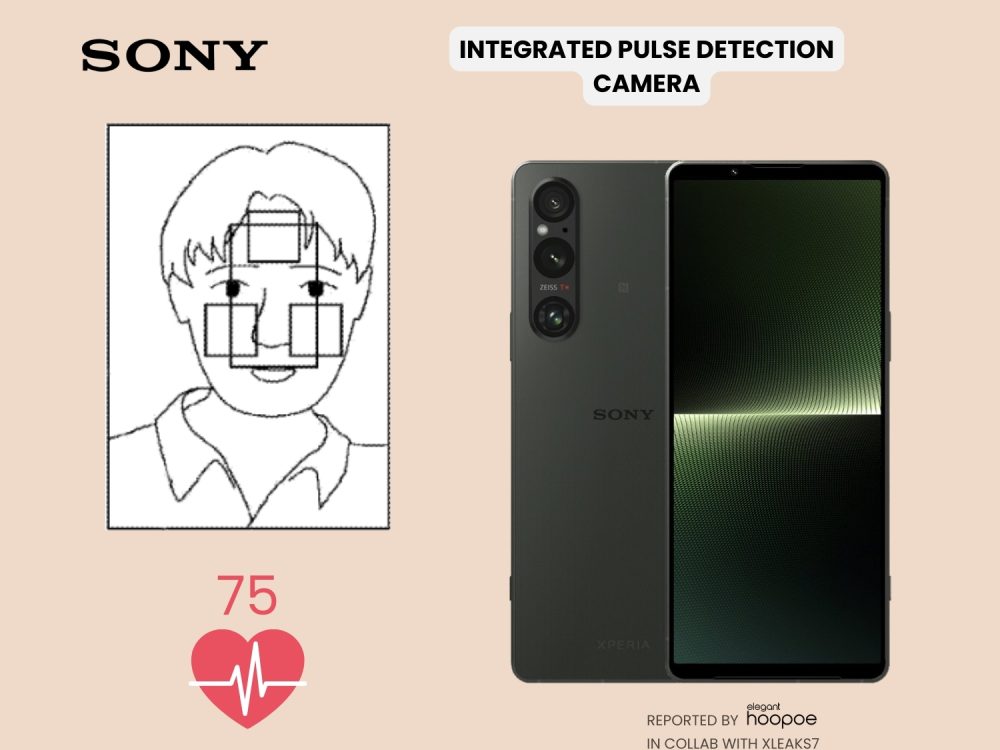How Does a Pulse Detection Camera Monitor Your Heart Rate Without Touch?
Sony’s pulse detection camera uses advanced imaging tech to track your heart rate without any physical contact. Here’s how it works:
Non-invasive monitoring: Captures facial images to detect pulse via skin color changes
Green light technology: Enhances capillary visibility using light absorbed by red blood cells
Time-series & signal analysis: Processes image sequences to extract accurate pulse data
Real-time results: Offers instant pulse tracking using shorter data segments
Future-ready: Ideal for smartphones, telemedicine, and remote health monitoring
This innovation makes pulse detection more comfortable, discreet, and accessible.
In our modern world, health monitoring technology is progressing at a fast pace. One area that has seen significant innovation is pulse detection. Traditional methods typically involve physical contact with the body, which can be inconvenient or uncomfortable. Thanks to our collaboration with David from @xleaks7, we spotted a new SONY PATENT featuring a pulse detection camera that aims to change this by using imaging technology to detect a person’s pulse from a distance.

The Problem Pulse Detection Camera Patent Aims to Solve
Checking your pulse is essential for many health reasons, but the current methods aren’t always user-friendly.
Think about those moments when you have to use a finger clip or a wrist monitor – they need to touch your skin to work. This can feel quite intrusive, particularly if you need to keep it on for long periods.
It’s not just about comfort; in some situations, like remote medical consultations, it’s hard to use these devices effectively.
The patent we’re talking about introduces a way to detect your pulse without any contact. It uses a camera to look at areas of your skin, like your face, to monitor your heart rate.
This means you can get accurate (and instant!) pulse readings without any physical discomfort using Sony’s pulse detection camera.

Pulse Detection Camera: Patent’s Core
The core of the patent is a pulse detection device that uses a camera to capture images of a user’s skin, particularly focusing on areas with many capillaries, such as the face.
The device processes these images to detect temporal changes in pixel values caused by blood flow. These changes are then analyzed to determine the pulse rate. The pulse detection camera device includes several key components:
- Imaging Section: Captures images of the skin
- Frame Storage Section: Stores the captured images
- Pixel Value Acquisition Section: Divides the images into blocks and acquires pixel values
- Time-Series Pixel Array Acquisition Section: Creates a time-series pixel array from the captured frames
- Pulse Data Array Acquisition Section: Extracts pulse components from the time-series pixel array
- Pulse Detection Section: Analyzes the data to determine the pulse rate using auto-correlation
How Does Pulse Detection Camera Technology Work?
- Non-Invasive Monitoring: The device captures images of exposed skin areas to detect a pulse, eliminating the need for physical contact
- Focus on Capillaries: By targeting areas with many capillaries, such as the face, the device can accurately monitor blood flow changes
- Use of Green Light: Green light is used for imaging as it penetrates the skin to a suitable depth and is absorbed by red blood cells, making it ideal for detecting capillary pulsation
- Signal Processing: The pulse detection camera device smooths pixel values spatially and temporally using low-pass filters, enhancing the accuracy of the pulse signal
- Time-Series Analysis: A time-series pixel array is created from multiple frames to analyze changes over time
- Pulse Data Extraction: The device separates direct-current (DC) and alternating-current (AC) components to filter out irrelevant data
- Auto-Correlation Analysis: Pulse detection camera technique is used to determine the periodicity of the pulse wave signal, which helps in accurately calculating the pulse rate
- Instantaneous Pulse Detection: The method allows for the detection of instantaneous pulses using shorter data segments compared to traditional methods
What to Expect in the Future
The future of pulse detection camera looks promising with this innovative technology. As it becomes more refined and widely adopted, we can expect several advancements:
- Integration into Consumer Devices: This technology could be integrated into smartphones, making health monitoring more comfortable and accessible to everyone
- Enhanced Remote Monitoring: For telemedicine, this non-invasive pulse detection can provide accurate and real-time health data without the need for physical contact, improving patient care
- Broader Health Applications: Beyond pulse detection camera, similar imaging techniques could be developed for monitoring other vital signs, contributing to a comprehensive health monitoring system
NOTE TO EDITORS: The text and visuals of this article are the intellectual property of Elegant Hoopoe. If you want to share the content, please give a proper clickable credit. Thanks for understanding.






